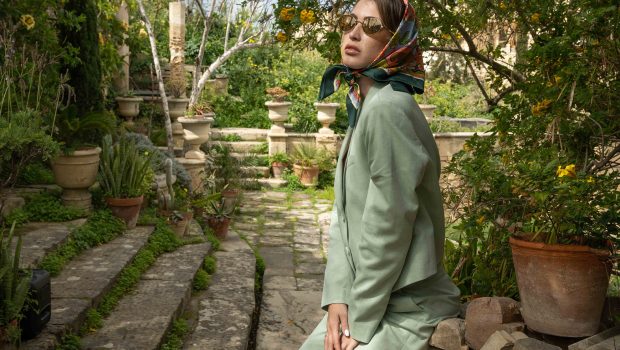The self – An ego machine
What is consciousness? Exploring new insights in the arts + neurosciences
By Valeria Bonjera
Just what is consciousness exactly and why do we human beings have it? These questions are among the greatest unsolved mysteries of science. New techniques in brain research have led to unexpected results over the past few years. Neuroscientists all agree on one thing: the ego is an illusion created by the brain – but an extremely useful one. It ensures that we grasp only excerpts of reality, that we perceive ourselves as just one body and that the world appears uniform to us.
From the point of view of neuroscience, consciousness is an ego machine, a gigantic processing center that is based on the complex, pulsating discharge of billions of neurons which are compressed into an ego illusion. Without the brain’s ability to standardize, we would be lost. We couldn’t communicate with other people, couldn’t cooperate with them, learn from them, feel for them. Attempts are being made for the first time to transfer the human model to external systems such as robots or avatars. The rapid advances in fusing artificial intelligence and robotics are making the distinction between man and machine more permeable. We are on the threshold of a consciousness revolution. But what are the consequences?









Answers to these and other questions are what the ERES Foundation’ latest project “The Self – an Ego Machine” is searching for. How do we empathize with others? What happens in states of trance? What kind of consciousness do animals have? The exhibition shows artistic reactions to the fascinating results of contemporary neural research as well as surprising, original insights into the complexities of human consciousness.
Paweł Althamer uses LSD, magic mushrooms, hashish and other substances to put himself in expanded states of consciousness. In his performance film, “Do we feel with our brain and think with our heart?”, Jan Fabre discusses that question with neuroscientist Giacomo Rizzolatti. Carsten Höllers series of photographs, “Sina”, deal with whether or not animals have consciousness. Peter Kogler, with a cube especially conceived for this exhibition, questions the traditional experience of space and in doing so unleashes perplexing consciousness phenomena. His latest collages head straight for the subconscious with their visual swirls – a series part wildly colourful, part black hole remix.
The exhibition is also showing new “Rubbings” by Matt Mullican as well as his video “Breakfast”. His latest piece “Untitled (A place to sleep)” is surprisingly storylike and formulates the human desire for security and intimacy with very simple means. Thomas Zipp has devised an ensemble consisting of paintings on canvas and electronic musical instruments that functions as a “neural network”. With antennas as “organs of perception” his music machine turns out to have life of sounds all its own – and perhaps even consciousness.
In addition, there are the amazingly artistic drawings by Spanish physiologist Santiago Ramón y Cajal (1852-1934), who was the first to identify transmitting neurons as the building blocks of the nervous system. There is also a photograph of the brain, taken by Ulrich Blum, doctor and photographer. To give visitors an impression of the new possibilities of generating virtual reality and the increasingly perfect illusion technology, VR headsets (Oculus Rift) will be part of the exhibition. This new technology makes it increasingly difficult for the brain and consciousness to distinguish between virtual reality and the real world – with spectacular effects.
IF YOU HAPPEN TO BE IN GERMANY….Exhibition. Lectures: 12. October 2016 – 4. March 2017
Artists
Paweł Althamer, Jan Fabre, Carsten Höller, Peter Kogler, Matt Mullican, Thomas Zipp
Science + Art
Ulrich Blum, Santiago Ramón y Cajal, Albert Hofmann, Ernst Mach
Lectures and Discussions Thursday, 9. February 2017, 7pm
Prof. Dr. Melanie Wilke, Director of the Department of Cognitive Neurology, University Medical Center Göttingen, German Primate Center, Cognitive Neuroscience Laboratory
“Do animals have consciousness?”
FOR MORE INFO
Reservations recommended: info@eres-stiftung.de








